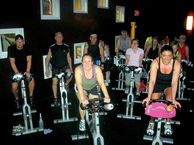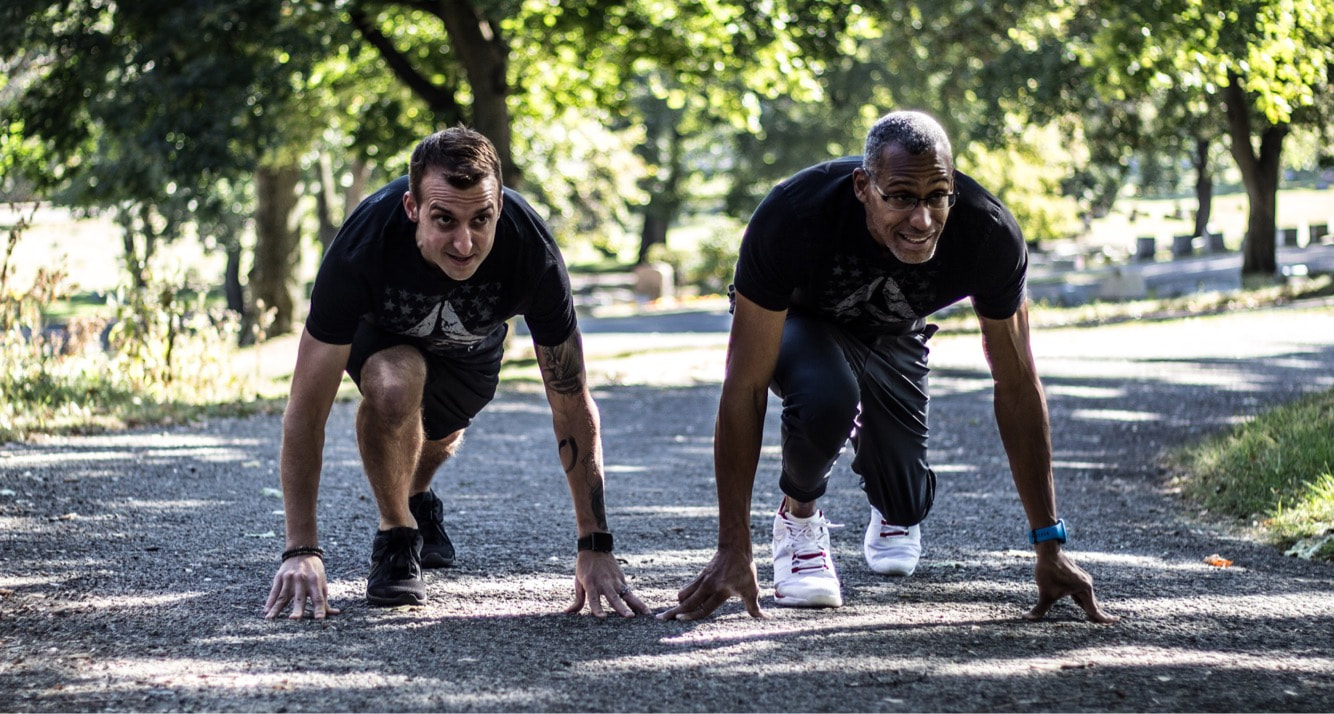 I ask my students all the time, “what’s the difference between a sprint and a hill?” Do you know the answer I usually get? “Resistance, right?” For new riders, that’s a good guess. It makes sense that the steeper you imagine a hill becoming, the more resistance you need to mimic moving up that hill. In fact, even Spinners who have been taking classes for years often answer the same way. And to be honest, at the end of the day, they're all half right, but resistance is only one part of the equation. Just as important as resistance is your cadence. Over the years, many indoor cyclists begin to develop the habit of using higher and higher cadences in their spin classes. Many participants do not ride outside, and therefor don’t have a full understanding of how cadence needs to shift on different terrain. Others are under the impression that a high cadence class with low resistance is the only way to prevent “getting bulky legs” (the reverse is actually true). Some even get use to speeding up to a point that the bikes fly wheel does most of the work! Regardless of how we ended up with speeds so high, and resistance so low, I’m urging you to make a change! The actual guideline provided by Madd Dog Athletic’s Spinning program are 60-80 RPM for hills, and 80-110 RPM for flat roads. If you’re use to riding between 110-140+ RPMs, this might seem awful slow, but it's what you need to do!
So, where do these guidelines come from? They are based on studies of elite cyclists, as well as an understanding of how the body’s muscles work togeather in the most efficient manner possible. When you’re moving at over 110 RPMs, you’re basically mimicking what it would feel like to ride a road bike in an extremely low gear. The pedals are moving at an excellerated rate, but you’re not generating any force to actually move the bike forward. Advanced cyclists can sometimes move faster, but they have developed their stroke to a point where force is continually generated. If you’re wondering what cadence is too high for you, ask yourself, “How fast can I move without bouncing back and forth in the saddle?” If you’re a new rider moving at 100 RPM, and you find hips rocking back and forth, add a little more resistance and slow things down. If you’re more experienced, and you find it easy to stay in control, with “quite” hips, you may be able to increase just a notch. On the flip side, if you’e climbs are at an extremely high resistance, and your cadence is extremely low, you may find yourself throwing your full body weight into the pedal to keep it moving. This could put excessive force on the knee, hip, and lower back. If that describes you, ease off just a bit. It’s this back and forth play with higher cadences and lower cadences that I use to instruct my students up and down hills. So, What Does a Hill Feel Like? For argument’s sake, let’s say your resistance goes between 1 and 10 (most indoor bikes not have a meter on them that measures resistance). When your in the saddle, “climbing” a 5 would be fairly easy. 6-7 gets tough, but you could probably keep the cadence constant for an hour. At an 8 you might only be able to keep a consistent cadence for 15-20 minutes. When you reach a 9 or 10 you’re likely to slow down, or need to stand after only a few short minutes. Then, What Does a Sprint Feel Like? If the above describes what if feels like resistance-wise to climb a hill (resistance at a 5, 6, 7, or higher), then most class participants believe that a sprint, or flat road, must mean the resistance is only at a 3 or 4. In reality, your sprint should be done with a 7, 8, 9, or 10…the same levels you were using to climb! Cadence will make the difference. Remember when I said that on a hill, at level 8, you might be able to ride for 15-20 minutes? That’s because you’ll be using a cadence around 65-80. When you increase your cadence to anywhere between 80-110, with the same level of resistance, you’ll burn your legs out much faster. Because you’re pedaling faster, you’ve just changed the length of time you’re able to maintain your consistent cadence form 20 minutes to 20 seconds! This is what a real sprint feels like! Why Should I Care? When you start to better understand the relationship between resistance and cadence you can better control your workouts. You will be be able to more easily feel when you're pushing yourself to do true work, and when you're just spinning your wheels (literally)! You'll get the results you're looking for faster than ever!
0 Comments
Leave a Reply. |
Click to set custom HTML
AuthorKen Presutti is a certified ChiRunning instructor, ACE Personal trainer, Spinning instructor, and coach. This blog is a mix of new articles and posts from his original blog, Overkill is Underrated. Archives
November 2022
Categories
All
|

 RSS Feed
RSS Feed
